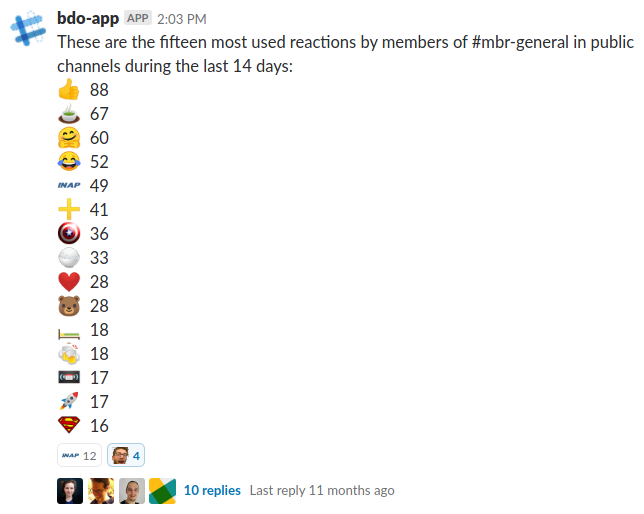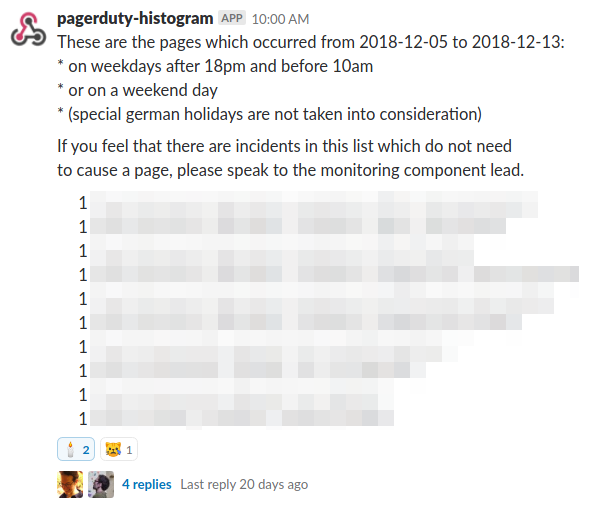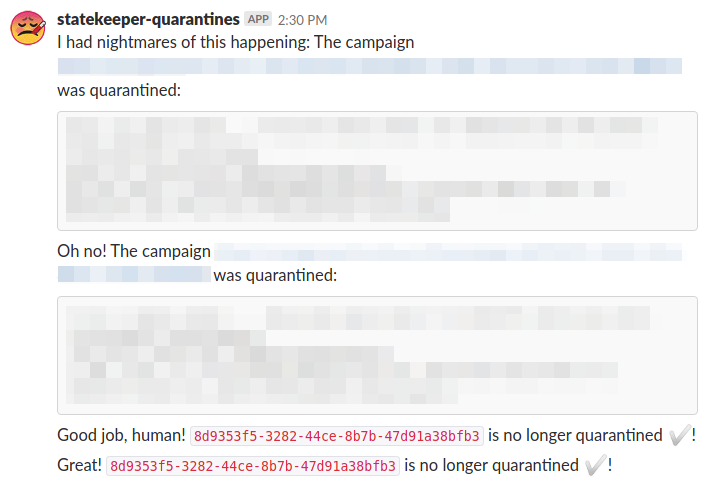Feb 7, 2019 0
Books in 2018
Books I read in the last years: 2017, 2016, 2015, 2014.
This year: 13 books — 11 in english, 2 in german.
Albert Warnecke — Was Sie über Vermögensaufbau wirklich wissen müssen
There were two outstanding books I read this year, the first on the list and the last.
This (first) book is basically a guide on the entire topic of personal finances. It covers everything: where to put your savings, what insurances you need, etc.. Especially the chapters on stocks/ETFs/inflation rate were very beneficial for me. The book also covers some part of the Financial Idependence/Retire Early idea.
I found out about the book after listening to this (excellent) podcast with the author.
Daniel Korth — Jetzt rocke ich meine Finanzen selbst!
Also a book regarding personal finances. The author describes his personal experiences after inheriting money. He let one of the large German banks handle the investment and describes all the bad ways how they managed his heritage and what a better approach would have looked like.
Jeffrey Kluger — Apollo 8: The Thrilling Story of the First Mission to the Moon
Can recommend it if you’re into NASA and/or space :).
Leslie Berlin — Troublemakers: Silicon Valley’s Coming of Age
Interesting book on the story of a couple not-so-famous Silicon Valley personas who were elementary to the tech boom in Silicon Valley. Was an interesting read.
David Kushner — Masters of Doom
This biography tells the story behind “id software”, and its founders John Romero and John Carmack. Both of them are legends in the computer gaming/computer graphics world. They are e.g. responsible for Quake, Doom, Wolfenstein 3D, Commander Keen, the invention of Multiplayer and Deathmatch, etc.. There are may many other small innovations which they made detailed in the book. Mostly stuff which nowadays is elementary in a lot of modern games. John Carmack is todays CTO of Occulus.
The book was an interesting read and I can definitely recommend it if you are remotely interested in tech history and like the effect of “Wow, they also invented that?!”.
Andrew Hunt, David Thomas — Pragmatic Programmer
At mbr we had a book club and this was the first book we read. The book is about 20 years old and a lot of things are obvious now, since they have become wide-spread industry standards. It’s easy to forget that for many things this was the book which first popularized these ideas or even invented things (like “rubber duck debugging”).
There are a couple ideas in the book which stuck, one of them was that they emphasized how important it is to constantly learn new stuff as a software developer. Otherwise you just halt. The recommendation they give is to learn a new programming language each year, as to not lose track of recent language developments.
97 Things every programmer should know
Not much stuck from the book.
Jeff VanderMeer — Annihilation
I read the book after watching the brilliant movie. The book is good, though I liked the movie better.
Cathy O’Neil — Weapons of Math Destruction
The book examines the harmful influence of machine learning and big data on decision making. Each chapter is dedicated to one harmful application of data science models. Some examples: predicting where crimes might occur next (this is called “predictive policing” and already reality), models to automatically filter the best employee/student application, or models to find out which teacher performs the worst. The critique is legitimate and she makes a lot of valid points.
One of her points is that the feedback loop for these models is often missing. In the example of filtering student applications there is e.g. no feedback loop. Nobody ever looks what happened to the students which were filtered out — maybe they went on to become a professor because they were exceptionally talented? In the book she provides a lot of real-world examples for people who were falsely filtered out by these models.
She also highlights that a lot of these models are marketed under the premise “algorithm, neutral, highly mathematical, highly sophisticated, highly complicated”, yet there are very often statistical flaws found after these algorithms are used in production.
My critique on the book is that she often refers to issues which are very relevant to the U.S. (racial stuff, with cities being divided by races, etc.), but by far not that relevant for Europe. Also a number of these applications would be illegal in the first place in Europe, so some examples seem exaggerated to a European mind.
There is one real-world example which stuck: a major city in the USA decides to develop a model to rate teachers, in order to find out who teaches best. Soon after that teachers start gaming the algorithm, e.g. by grading tests very very optimistic and good-willed, so that it seems to the algorithm as if the pupils suddenly turned very good under this teacher. The effect was that the teacher which had the class next year oftentimes received a very bad rating by the algorithm — especially if it was an honest teacher. This was because it then seemed as if the pupils suddenly got bad grades under the new teacher, whereas the dishonest teacher just had skewed all grades in a positive manner.
From the last chapter:
If a Big Data college application model had established itself in the early 1960s, we still wouldn’t have many women going to college, because it would have been trained largely on successful men. If museums at the same time had cofidifed the prevalent ideas of great art, we would still be looking almost entirely at work by white men, the people paid by rich patrons to create art. The University of Alabama’s football team, needless to say, would still be lily white.
Big Data processes codify the past. They do not invent the future. Doing that requires moral imagination, and that’s something only humans can provide.
Cal Newport — So Good They Can’t Ignore You
I liked the Deep Work book by Cal and so I was motivated to also read this. Basically his hypothesis is that the phrase “All you need to be successful is to find your passion and follow it” is extremely harmful.
He examines this advice of “just follow your passion”, as very often propagated by people like Steve Jobs, and shows that it is extremely seldom that this works. Often the people giving this advice do this after they are already successful whilst they didn’t even follow their own advice.
He gives the example of Jobs, who — if he would have followed his passion — would rather be a meditation trainer in Palo Alto today instead of having started an electronic software company. The book is good and I liked a lot that he questions such an established belief system.
Pedro Domingos — The Master Algorithm
This book examines the idea of a master algorithm, a general purpose learning algorithm, which can derive anything from data. So if you would give this algorithm a huge pile of books it would learn to read, interpret language, extract the semantic knowledge in the text, etc. all by itself.
This is opposed to the current state in machine learning where individual algorithms have dedicated appliances. Domingos makes the case that such a general learning algorithm exists and sketches how it could look and why it has not yet been discovered.
The first chapters are written really well, but I got lost when he examines the five learners which are currently established in machine learning. I decided so skip these chapters since I wasn’t interested that much in the mathematical details, but rather the grand idea. The book itself was an interesting read and definitely falls into the tech-utopian, enthusiastic category.
Aubrey de Grey — Ending Aging
I’ve dug into this idea of ending aging. The book makes an elaborate argument for why it makes a lot of sense to put research effort into this idea. He argues that extending the human lifespan by a significant amount is totally doable and would prevent a lot of suffering which comes from age-related diseases.
Steve Klabnik, Carol Nichols — The Rust Programming Language
I’ve written a more detailed article here. But yeah, basically this was my main resource for learning Rust. I read the book mostly on the subway. 20 minutes in the morning, 20 minutes in the evening. Great book with a lot of examples and small projects.
Rust is quite an elaborate expert language though, hence Chapter 19 [sic!] starts like this: “By now, you’ve learned the most commonly used parts of the Rust programming language. […] We’ll [now] look at a few aspects of the language you might run into every once in a while.” Chapter 19 and still not every aspect has been touched!






